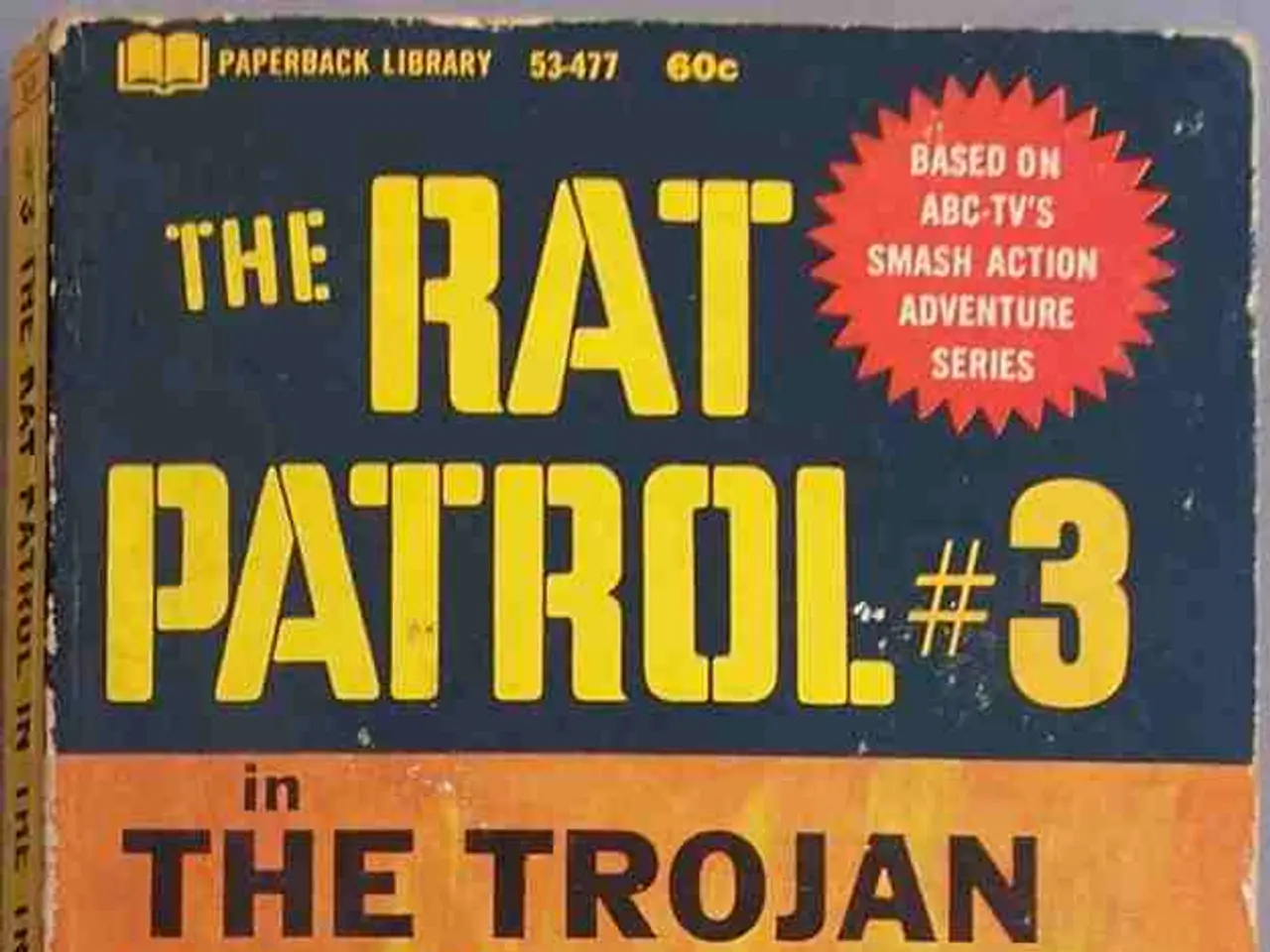A Time Bomb at the Bottom of the Baltic Sea: Dealing with Vast Amounts of Waste Munitions
Unmarked Explosives Discovered in Baltic Sea Cause Researcher Concerns - Environmental Protection Draft Directive Discussed by the Commission
Take a trip to the bottom of the Baltic Sea, and you'll find yourself in the midst of a ticking time bomb—approximately 1.6 million tons of conventional military ammunition. Picture it as a freight train spanning from Paris to Moscow, estimates Katja Matthes, director of the Kiel-based Helmholtz Centre for Ocean Research (Geomar). And time's a-ticking, warns the scientist.
These munitions are deteriorating, with each day bringing them closer to releasing hazardous substances into the sea. What's alarming? These substances are carcinogenic and can cause DNA alterations. Traces of harmful materials such as TNT have already permeated almost all water samples in the Baltic Sea.
While pollution levels are, for now, below the threshold values, Matthes cautions they could rapidly increase. Harmful substances have already been detected in mussels and fish. This TNT seeps into the food chain, posing concerns about potential health threats down the line, although none have been reached yet for humans.
Jennifer Strehse, an expert from the Kiel Institute of Toxicology and Pharmacology, shares a similar outlook. According to her, there's currently no health risk for humans from consuming contaminated fish, as we'd need to devour a polluted fish daily for the rest of our lives to encounter any risk.
Ammunition landing pads
The entire German waters of the Baltic Sea should be considered contaminated with munitions, asserts Geomar geologist Jens Greinert. Hotspots are areas designated by the Allies for the sinking of military gear, including bombs, mines, torpedoes, grenades, and cartridges, following World War II. Greinert and his team frequently scour the Kolberger Heide, a designated sinking area near Kiel, located just a few kilometers from the shore.
Here, the munitions are openly strewn about, akin to Swiss cheese, according to Matthes. With each further inspection, more deterioration becomes evident. It's time to take action, says Greinert. If the necessary funds are available, the German Baltic Sea waters could be rid of munitions by the end of 2040.
Munitions relief fund
Recently, more than 200 experts from 16 countries gathered at the "Munition Clearance Week" conference in Kiel, discussing the best strategies for eradicating pollutants from the sea and identifying challenges along the way. The conference isn't just about marine cleanup; it's also about safeguarding vital infrastructures in the North and Baltic Seas.
The Kiel shipyard TKMS will present a floating disposal platform for munitions waste during the accompanying technology fair, while Euroatlas from Bremen will exhibit an autonomous underwater robot (Greyshark) equipped with 17 sensors, allowing for detailed underwater mapping and insights into munitions lying on the seabed and their conditions. The technology can also create digital copies of underwater infrastructures that may require protection, such as pipelines.
The German federal government issued a 100 million euro emergency fund for the immediate program to remove munitions remnants from the North and Baltic Seas. In September 2021, three salvage companies commissioned by the Federal Ministry for the Environment started extracting World War II-era munitions from the Lübeck Bay, serving as a pilot removal project to gather essential insights for systematic removal using a platform. Additional test removals are planned off the coast of Mecklenburg-Vorpommern.
Call for Action
"These old World War II munitions rank among the largest potential sources of pollution in our seas," remarked Tobias Goldschmidt (Greens), Schleswig-Holstein's Environment Minister. While the political debate no longer questions the need for removal, the new federal government must tackle this issue with renewed vigor. "On the environmental policy front, this is a rather common scenario: problems grow, are ignored for far too long, are finally recognized, and then debated, and yet the clock keeps ticking away."
- Baltic Sea
- War ammunition
- Environmental threat
- Ammunition removal
- ** Underwater explosives**
- Kiel
- Munitions clearance
- German Baltic Sea
- Federal government fund
- Sinking areas
- Munitions pollution
- Seabed
- Hazardous substances
- TNT
Insights:
- The munitions issue is part of the Baltic Sea Protection 2030 action plan, showcasing its significance in the region's marine environmental protection policies.
- The current budget allocated for addressing the issue is insufficient, and at the present pace of removal, it could take up to 900 years to extract the old shells from German waters.
- Potential risks for human health and safety include encounters with unexploded ordnance and seafood contamination.
- International cooperation, Kiel's "Munition Clearance Week" conference, and technological advancements such as the autonomous underwater Greyshark robot aim to find solutions to the munitions issue.
- The Baltic Sea, harboring a time bomb of war ammunition, requires immediate attention as conventional military waste poses an environmental threat.
- Estimates suggest that these munitions could fill a freight train spanning from Paris to Moscow, highlighting the vast amount of debris beneath the sea.
- Jens Greinert, a geologist from Geomar, asserts that the entire German waters of the Baltic Sea should be considered contaminated due to sinking areas designed by the Allies after World War II.
- The Kolberger Heide, a designated sinking area near Kiel, hosts a camp of deteriorating munitions, likening to Swiss cheese according to Katja Matthes.
- TNT, a harmful substance found in munitions, has already permeated almost all water samples in the Baltic Sea and has been detected in mussels and fish, creating concerns about potential health threats.
- Jennifer Strehse, an expert from the Kiel Institute of Toxicology and Pharmacology, states that there's currently no health risk for humans from consuming contaminated fish.
- Geomar, in collaboration with more than 200 experts from 16 countries, has held the "Munition Clearance Week" conference to discuss strategies for eradicating pollutants and safeguarding vital infrastructures in the North and Baltic Seas.
- The German federal governmenthas issued a 100 million euro emergency fund for immediate munitions removal from the North and Baltic Seas, with salvage companies already working on removals in the Lübeck Bay.
- Efforts to address the issue are part of the Baltic Sea Protection 2030 action plan, aiming to ensure the health and longevity of the marine environment and sustain the industries that rely on it, such as fishing, tourism, and energy production.
- Tobias Goldschmidt, Schleswig-Holstein's Environment Minister, has called for renewed vigor from the new federal government to tackle this pressing environmental issue and expedite the process of munitions removal from the Baltic Sea.




